Spidron
This innovation has been developed in several different versions over the last few decades. The original concept was a spiral polygon composed of alternating sequences of unilateral and isosceles triangles. Arranged systematically and folded at the edges of the triangles, the Spidron arms can be used to build mobile surfaces and bodies with very interesting properties, which can be used for many novel applications.

Theory
The Spidron system is a geometrical plane network which, once the appropriate sequences of edges are folded inward and outward, becomes a dynamic structure. By setting the spatial angles of the edges at specific values, it can be used to create closed spatial shell structures, while its movements allow it to absorb and to emit energy. The Spidron principle provides an almost inexhaustible range of potential applications from filtering devices to radar and from propellers to crash zones.

Types
The regular, rigid triangles and spiral arms of Spidrons can be used to design innumerable structures. Replacing some sequences of edges by curves lead to further useful surfaces. Semi-regular, irregular, aperiodic and stochastic (random) structures offer further opportunities, though they have not been researched rigorously yet.

Plane
The scientific theory of plane tilings can be converted to clusters of Spidrons. Identical components can be used to design various tile and parquet systems, reliefs or even Spidronized Penrose aperiodic tilings with ease.

Space
In addition to the plane tilings, we can also create an inexhaustible variety of space-filling modules that fill 3D space without overlaps or gaps. In addition, we can create joins that can be used for the construction of shelving systems and other spatial structures.

Movement
The plane tilings allow the creation of surfaces with various angles and curvatures as well as their movement and control as required. This property of the Spidrons render them suitable for the design of energy collection, recovery and absorption functions using a wide variety of materials.

Application
The system of forms is not only a solution to technical and kinetic problems, it is also an aesthetic phenomenon in itself, so it can be used for ornamentation and for modular construction with equal facility.

Art
There are several examples in Hungary and abroad for uses of the Spidron for architectural, interior design, design and fine art purposes. Spidron depictions, spatial constructions and mobile structures appear regularly at international exhibitions of technology and art, both in Hungary and elsewhere.

Architecture
The utility of the Spidron system for modular construction can be put to good use in architecture. Its rigid structures known from crystal theory, it’s energy conducting, filtering or even reflecting properties and its large surfaces that can be folded to a plane make it a suitable choice for many technological applications. It is highly useful for creating structural components, surfaces, joins, support walls and for building blocks that, for instance, can also reduce the damage caused by earthquakes.
© 2025 Spidron.net. All Rights Reserved
